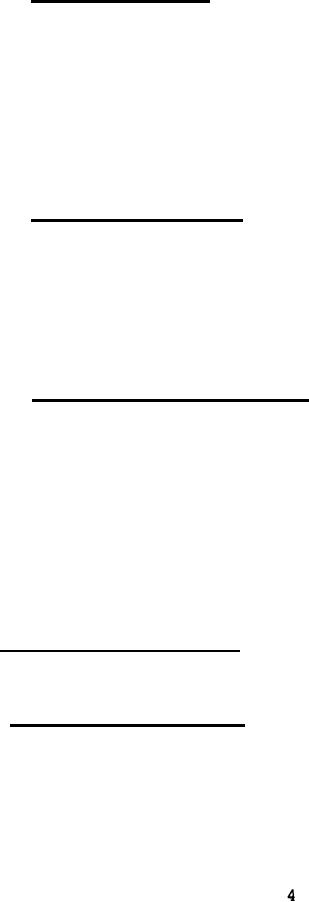 |
|||
|
|
|||
| ||||||||||
|
|  MIL-W-50986A (AR)
3.3.4 Piping cavities. Two or less piping cavities on the
longitudinal axis of the projectile between two inches aft of the
apex of the cone and the bottom surface of the fuze cavity shall
be permitted provided that no projected length exceeds 2 inches
and no width exceeds 1/4 inch. The projected area of such a
cavity shall not be included when determining cavity area in the
charge. A single piping cavity extending to the apex of the cone
shall be permitted provided that its projected length does not
exceed 1/2 inch and its width does not exceed 1/8 inch. The
projected area of such a cavity shall not be included when
determining cavity area in the charge.
3.3.5 Surface cavitation. Cavities formed due to explosive
chipped or broken from the sidewalls of the fuze well shall not
extend in aggregate around more than 1/4 of the circumference.
The maximum dimensions of any visible cavity, after machining, on
any surface of the fuze well shall not exceed 1/8 inch. The total
area of all cavities visible on the bottom surface of the fuze
(Cavities having a maximum
well shall not exceed 1/4 square inch.
dimension of 1/32 inch or less shall be disregarded in this
computation) .
3.3.6 Cracks and annular rings. Cracks in the explosive
shall be permitted in Segment A if they are no wider than 3/64
inch and provided not more than four occur in that segment (see
figure 1). Cracks in the explosive shall be permitted in Segment
B if they are no wider than 3/64 inch and provided not more than
three occur in that segment (see figure 1). The presence of one
annular ring, a maximum of 1/16 inch wide, and extending from the
shell wall 1/4 inch into the charge, shall not be cause for
rejection, except when it occurs in Segment C in the presence of a
crack. Segment C is permitted either one crack not wider than
1/16 inch or one annular ring within the limitations stated
above. The cavity area represented by a crack or annular ring
shall not be included when determining cavity area in the charge.
3.4 Leakage of explosive. There shall be no evidence of
explosive leakage through the cone-body joint or through the liner
cable seal.
3.5 Insulation integrity. The loaded warhead less the
forward cap assembly, compression pad, fuze and cap must measure
ten (10) megohms minimum resistance when measured with one hundred
(100) volts DC between the two leads of the wiring harness and
between the two leads and the warhead body.
|
|
Privacy Statement - Press Release - Copyright Information. - Contact Us |